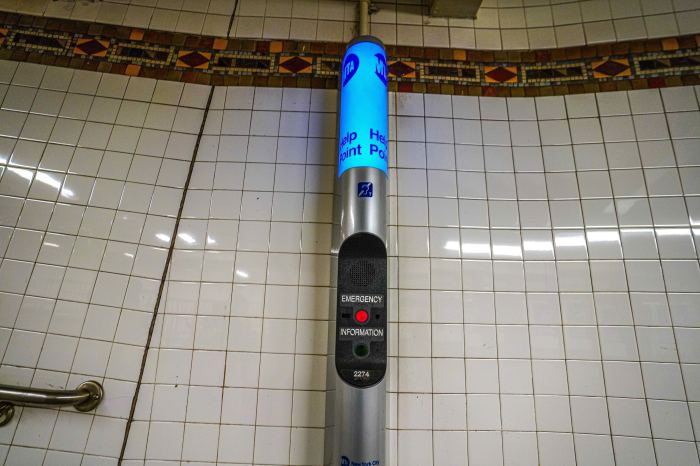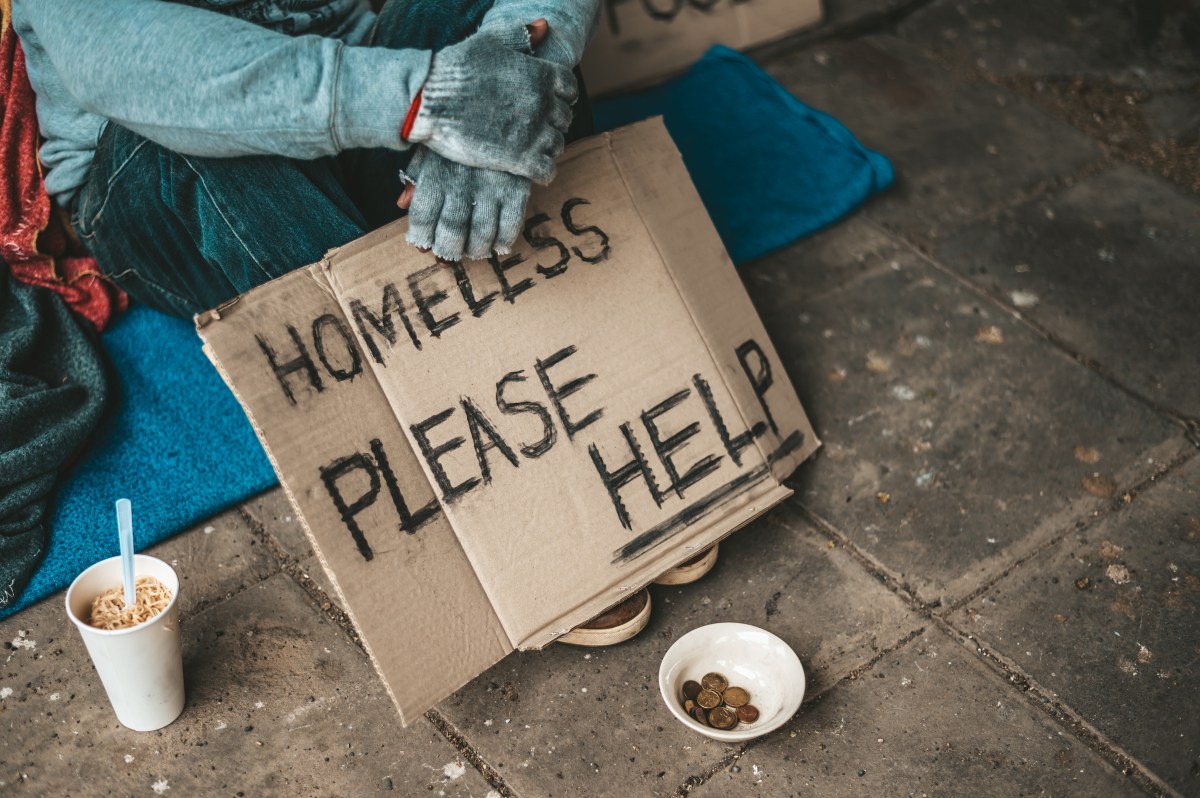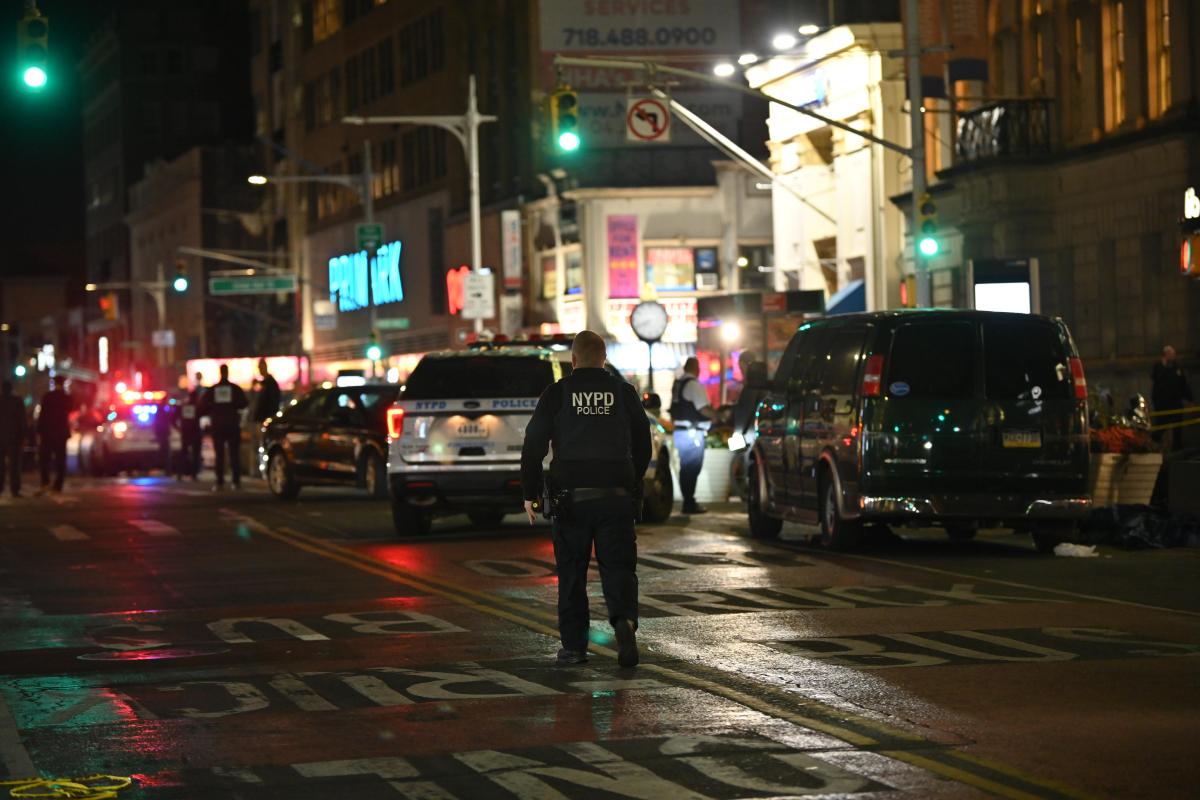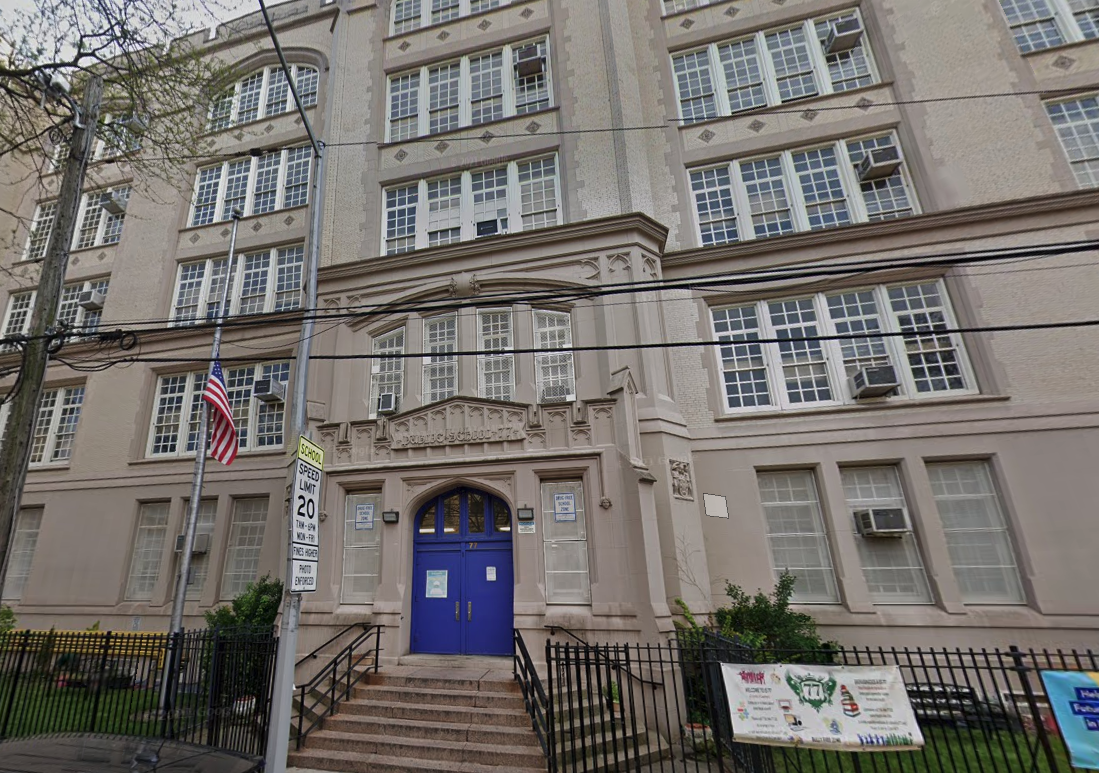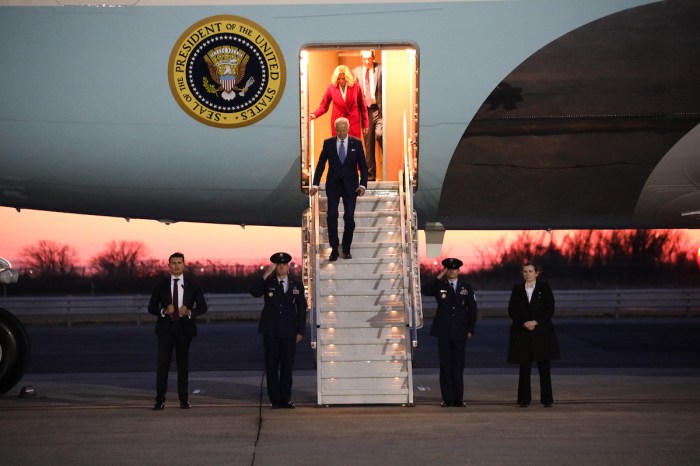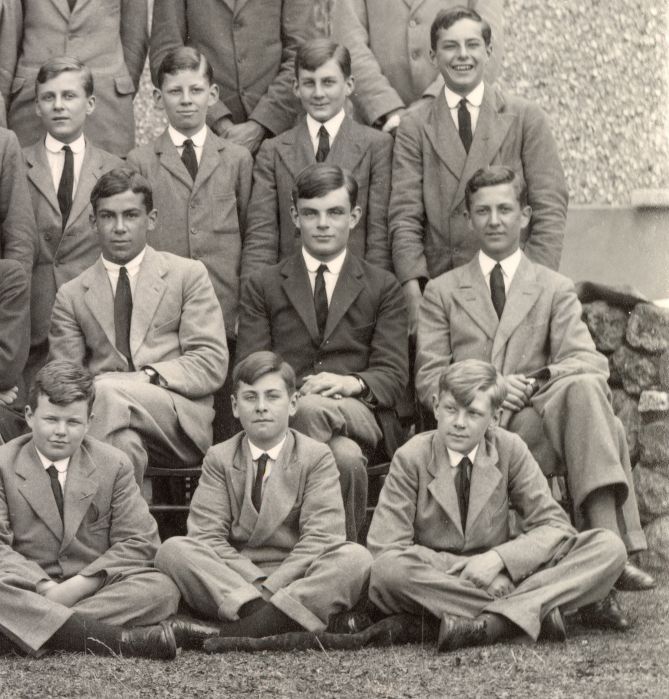The dream of the T line got a little closer to reality Thursday when MTA chief Thomas Prentergast said there will be funds to cover part of a new phase of the Second Avenue subway, though actual work would begin in five years at the earliest.
MTA officials told lawmakers at an Assembly hearing in the city that the agency plans to spend $1.5 billion for the second phase — likely an extension of the Q north to 125th Street from 96th Street — in the next five-year capital plan for repairs and upgrades the transit system.
“We need to continue construction,” Prendergast said. “Once you stop construction, it’s hard to start it up and it costs you more.”
That $1.5 billion is only a fraction of the cost, though MTA officials did not have an estimate for a project that has yet to be designed. The new phase’s cost in a 2004 federal study was pegged at $3.5 billion.
The plan for a new subway line on the East Side was hatched in 1936, long before the MTA existed. But the decades of delay gave way to actual construction work in 2007 for the first phase, which is bringing the Q train from midtown to the Upper East Side to 96th Street. The initial piece of the four-part project costs $4.5 billion and is expected to open for service by the end of 2016.
The second phase is expected to head north because of the work done underground over the years.
“There are elements that are already built — I think there’s a shell of a station built at 116th street,” Prendergast said. “The other issue is that it furthers the connectivity to the element that’s built right now to get people into the core” of Manhattan.
The Second Avenue subway is especially needed to relieve congestion on the crowded Lexington Avenue line.
“Not only is it unpleasant, we’re losing so many hours from people not being able to get to work in a timely fashion,” said Assemb. Dan Quart, who represents part of the Upper East Side.
But if there are funds for the next Second Avenue subway project, Prendergast said environmental and design work will come first and take up most of the five-year capital program.
“Maybe a shovel in the ground at the back end of the program,” Prendergast said, “2019.”



